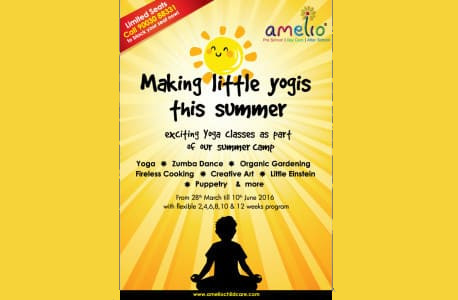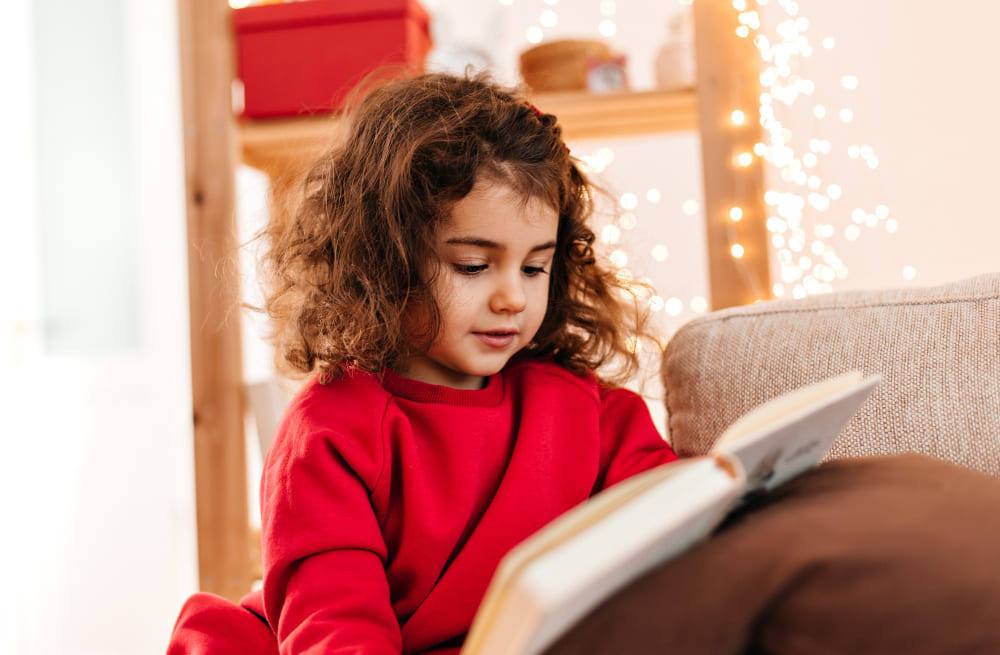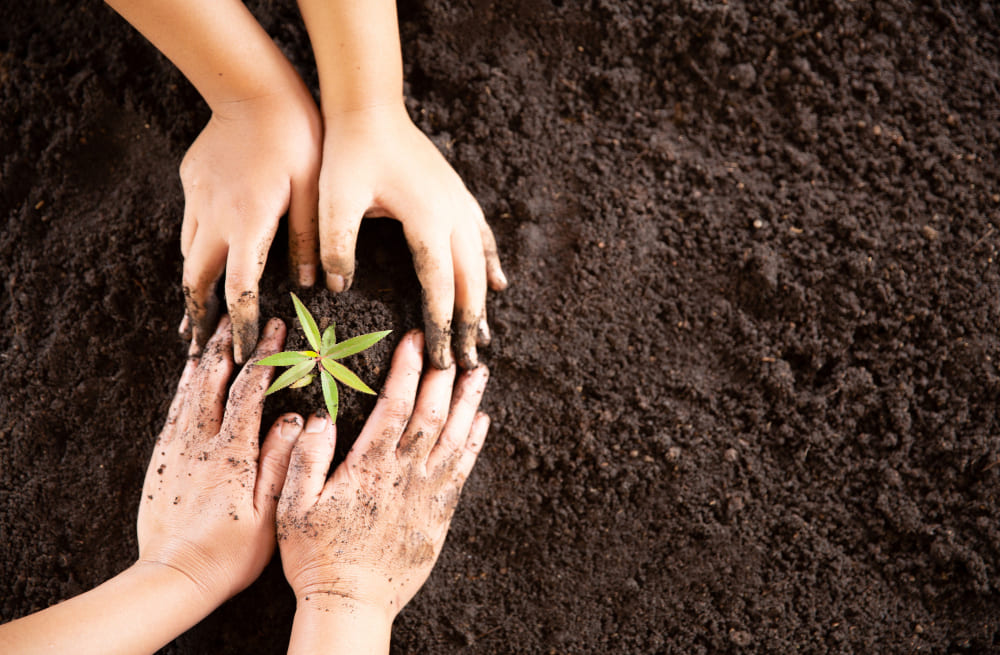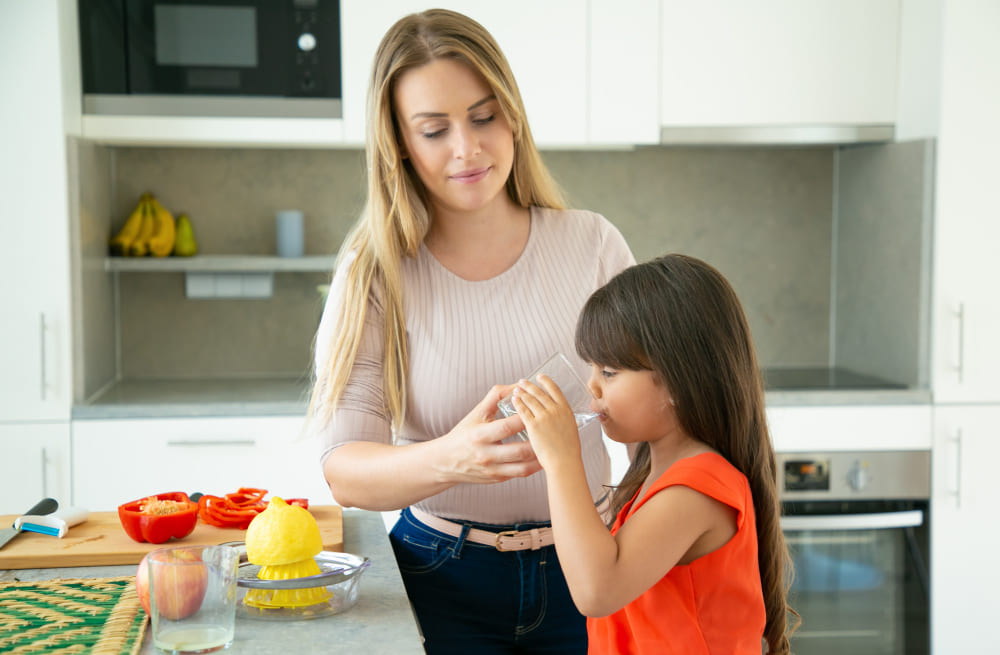When all you see around you are watermelon vendors, mangoes swaying temptingly from the mango trees and roads lined with tiny white neem flowers, it can only mean one thing. It’s summer again! For a while, there will be no frenetic mornings getting kids ready for school and no need to constantly shout reminders about homework.
But summer also brings its own share of worries – about the extreme heat and associated risks for children. Here are a few quick tips to ensure your children stay cool and healthy this summer.
- Two glasses of water, every hour
Children tend to get dehydrated much faster than adults because a child’s body surface area makes up a much larger proportion of their overall weight than adults. If your child feels thirsty, he might already be mildly dehydrated because thirst kicks in when a child has lost about 2% of his body weight through sweat.
So don’t wait for him to feel thirsty, and ensure that he drinks a little water on the hour every hour. If your kids are heading out to play, make sure they drink some water before they bolt out the door. A good thumb rule for children is to drink about 10 gulps of water for every half hour of play.
- Juice up, on the right stuff
Give your children tender coconut water, buttermilk or home-made sweet lime or orange juices. Avoid carbonated or pre-packaged juices as they contain high levels of sugar. Even fruits are good for hydration because they contain high levels of fluids.
- The right clothing
When your children are outdoors during the day in summer, make sure they have a cap on. Apply sunscreen liberally. Dress them up in light and airy summer clothing, and avoid synthetic materials at any cost. Synthetic materials tend to trap in the heat and make it much warmer for the child. As a rule, dress them in whites or light colours and avoid darker colours during the day, especially when children are outdoors.
- Get them out of the car!
Did you know that the temperature inside a car can increase by 19 degrees in just 10 minutes? Even if you think you will be out only for a few minutes, never leave children inside the car, alone. Not even for a minute, not even when the windows are opened a bit.
- Get the shots
Visit the pediatrician and ensure the children’s vaccinations are up to date. In the high heat, several infections such as chicken pox or measles tend to spread. Make sure your child is immunized against them.
- Create a summer survival kit
Whenever you step out with your kids, carry a bag with sunscreen, a bottle of water, some ORS sachets, a towel and a cap. It comes in handy much more than you think.
- Stay indoors during the day
It is best to keep children indoors during the day, especially between 10am and 4pm. Try to avoid traveling with them on two wheelers during this period as well, and if you must travel, ensure that they gulp some water before they get on the road, and put on caps and sunscreen for them.
With a little care and precaution, summer can be a lot of fun with children. Stay cool, beat the heat and the only thing you will need to worry about is how to keep them occupied. We will give you some tips for that soon – keep checking our blogs!
 If you think Yoga is for grown ups, think again. Children love the challenge of Yoga exercises. But fun apart, there are immense benefits to introducing Yoga to children at an early age. Here are some clear benefits of Yoga for kids:
If you think Yoga is for grown ups, think again. Children love the challenge of Yoga exercises. But fun apart, there are immense benefits to introducing Yoga to children at an early age. Here are some clear benefits of Yoga for kids:

 Julia Donaldson has mastered rhythmic storytelling for children. This book is yet another reading delight from her stable.
Julia Donaldson has mastered rhythmic storytelling for children. This book is yet another reading delight from her stable.
 I know better. But I still have those moments with my 5-year old. For instance, she sometimes plays with her food and resists eating what is on her plate. I am usually very patient but there are days when I lose it.
I know better. But I still have those moments with my 5-year old. For instance, she sometimes plays with her food and resists eating what is on her plate. I am usually very patient but there are days when I lose it.

